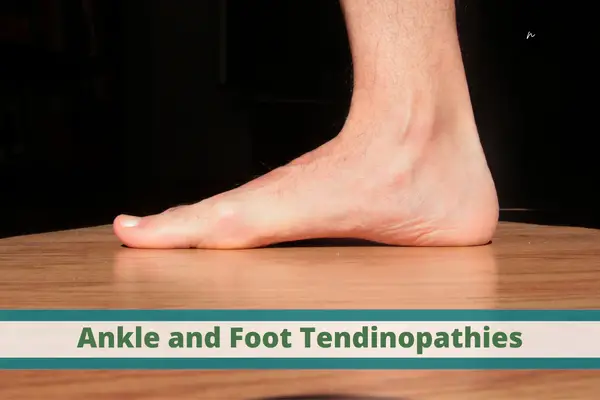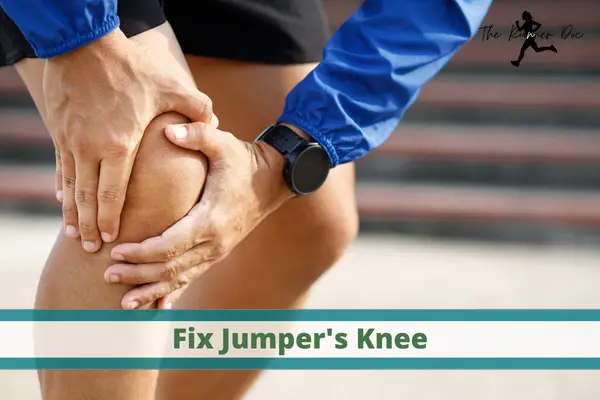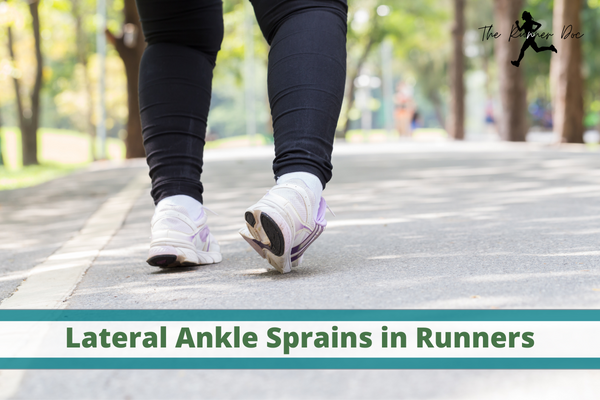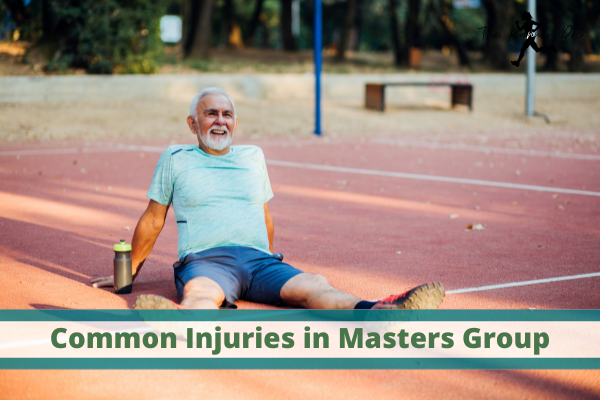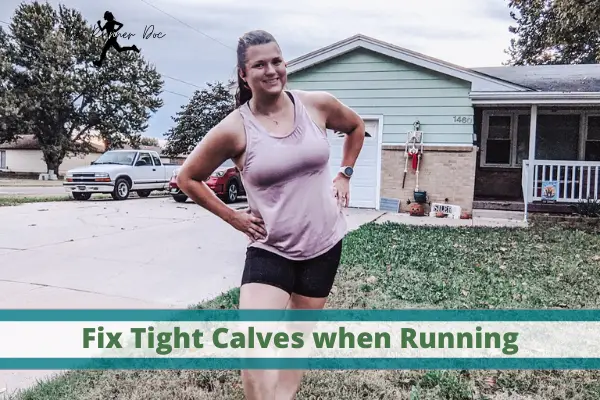Running on the Edge: Understanding and Treating Tendinopathies of the Foot and Ankle
Tendinopathies of the Foot and Ankle in Runners
Feet and ankles….the support system and literally one of the most important areas to work well in runners. If the feet don’t work….well how do we run? Okay, I get that prosthetics are amazing etc, so you CAN run without feet. But if your prosthetic foot doesn’t work properly then running is still going to be very difficult.
Running is a popular form of exercise that can provide many health benefits, but it also carries the risk of injury. One type of injury that occurs frequently among runners is tendinopathy, which is a condition of the tendons in our bodies from overuse. Tendinopathies are especially common in the foot and ankle area due to the repetitive stress placed on these areas when running. In this blog post, we will discuss some of the most common tendinopathies for runners in this region as well as how they can be treated and prevented.
Fair warning, this article is going to be a little more technical than my normal ones!
What is Tendinopathy
Tendon injury caused by overuse is summed up under the term tendinopathy. Recent research has implied that such conditions are not usually accompanied by inflammation.
Tendinopathy is a generic term for the clinical conditions that are associated with overuse in and around tendons.[4] It is considered a degenerative process of the tendon. It is a failed healing response of the tendon after use.
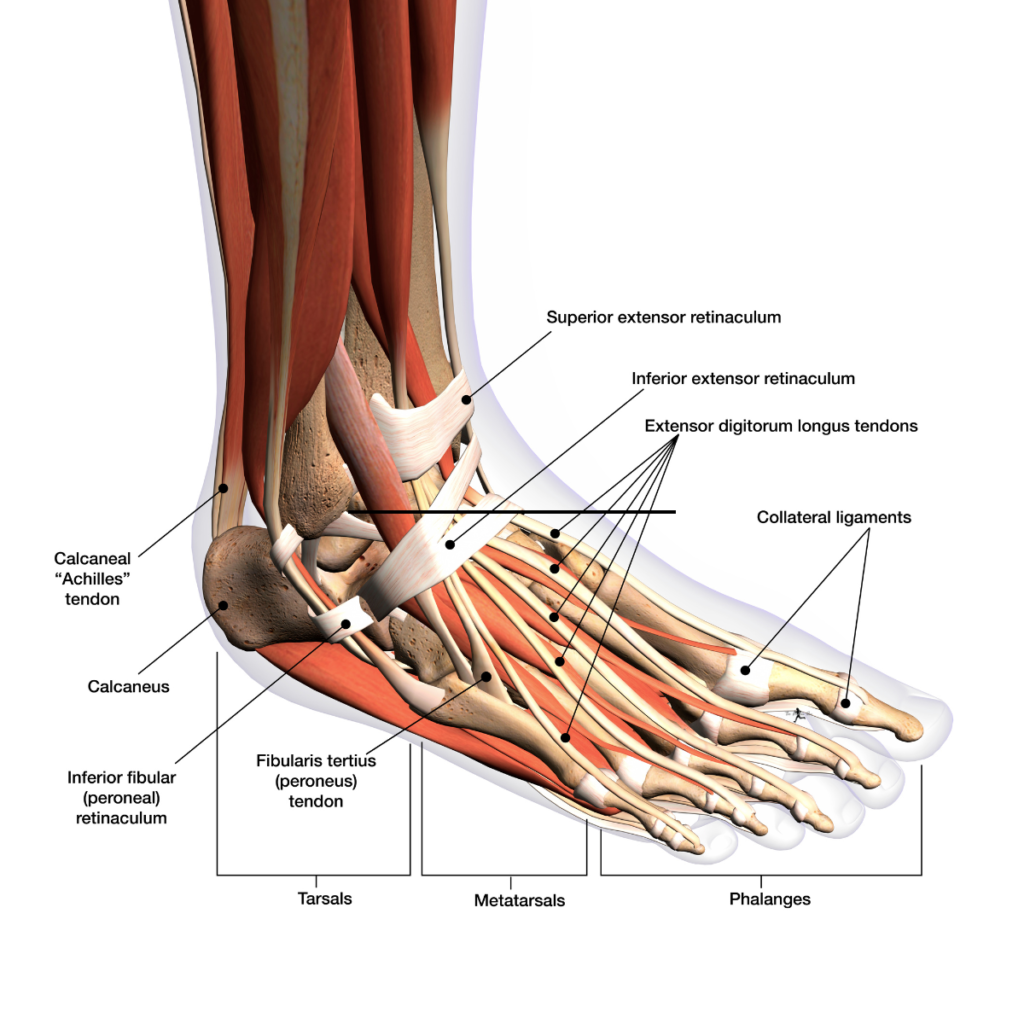
Symptoms of Tendinopathy
The classic presentation or symptom of tendinopathy is increasing pain at the site of the affected tendon, with a noted increase in activity recently. Pain is typically load-related in tendinopathies. Meaning, it hurts when the tendon has a load placed on it, such as push-off during running for the Achilles tendon.
In the early stages of tendinopathy, pain is typically present at the beginning of an activity and then disappears during the activity itself. Only then the pain will reappear during the cool-down phase of a workout or run.
Pain from tendinopathy is usually described as severe or sharp in a very localized area. After the pain has been present for several weeks it will sometimes be called a “dull ache”. Everyone with tendinopathy will have an insidious start to their pain, meaning it just gradually started to appear without a clear injury.
Related Article: A Comprehensive Guide to the Most Common Running Injuries: Protect Your Body and Keep Moving Strong!
Tendinopathies of the Foot and Ankle in Runners
The foot and ankle are areas especially prone to developing tendinopathies in runners. Here we’ll discuss some of the most common tendinopathies that affect runners:
Posterior Tibial Tendinopathy
Where it hurts: Pain and swelling posterior to the medial malleolus (behind the bone bump on the inside of your ankle).
How it Feels: The pain is worse with weight bearing and with inversion and plantar flexion (toes in and down) against resistance.
Treatment: Posterior tibialis strengthening. Possible immobilization for 2-3 weeks in severe cases. Physical therapy to diagnose and treat both intrinsic and extrinsic causes.
In-Depth Article: Posterior Tibial Tendinopathy in Runners
Peroneal Tendinopathy
Where it hurts: Pain and swelling posterior to the lateral malleolus (behind the bone bump on the outside of your ankle).
How it Feels: Pain with active eversion and dorsiflexion of the foot against resistance (out and up with the toes). Feeling like ankles are weak or unstable.
Treatment: Eversion strengthening exercises. Physical therapy to diagnose and treat both intrinsic and extrinsic causes.
In-Depth Article: Peroneal Tendinopathy in Runners
Achilles tendinopathy
Where it hurts: 4-6 cm above the insertion of the Achilles into the heel.
How it Feels: The hamstring and gastroc-soleus complex feels “tight”.
Treatment: soleus stretching, eccentric calf strengthening program. Physical therapy to diagnose and treat both intrinsic and extrinsic causes.
In-Depth Article: Achilles Tendinopathy in Runners
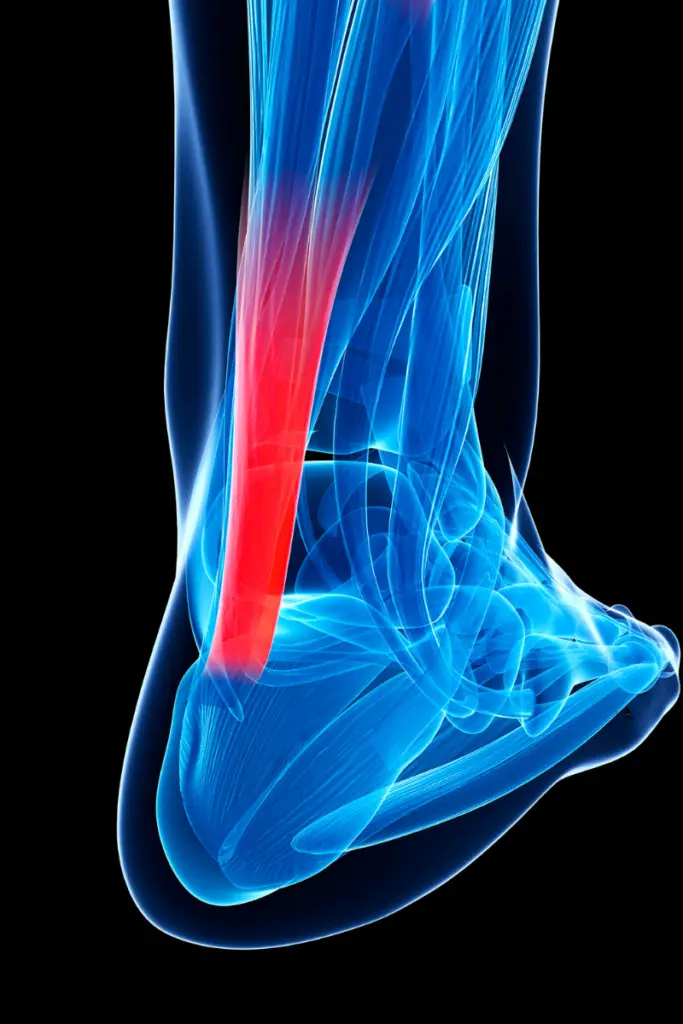
Flexor Hallucis Longus tendinopathy
Where it hurts: Pain at the posteromedial aspect of the ankle and with resistive flexion of the big toe.
How it Feels: Most common among ballet dancers and other athletes that use repetitive push-off maneuvers. Pain with the foot pointed and flexing of the big toe.
Treatment: Core strengthening. Physical therapy to diagnose and treat both intrinsic and extrinsic causes.
Anterior tibial tendinopathy
Where it hurts: Pain presents in the front part, anterior, of the ankle.
How it Feels: Twinge of pain along the front of the ankle.
Treatment: Possible immobilization and dorsiflexor strengthening. Physical therapy to diagnose and treat both intrinsic and extrinsic causes.
Anterior tibial tendinopathy is rare, but typically seen in those over the age of 45.
Related article: Masters Runners
Bonus: Plantar Fasciopathy
Why did I call this a bonus? It isn’t really a tendinopathy. But, since plantar fasciitis/fasciopathy has a similar etiology etc as tendinopathies I figured I would include it here.
Where it hurts: Pain presents on the bottom of the foot, typically by the heel or in the arch.
How it Feels: Pain first thing in the morning or the initial steps after sitting for a while. Feels better with movement.
Treatment: Possible night splint, stretching, and strengthening. Physical therapy to diagnose and treat.
Related article: Plantar Fasciopathy in Runners
Causes of Foot and Ankle Tendinopathies in Runners
Tendinopathies are overuse injuries.
Overuse injuries are common when there is a sudden change in the intensity, duration, or kind of physical activity done during exercise and training. A period of recovery is necessary to meet the increased demands on the tissues; inadequate recovery is thought to lead to a breakdown at the cellular level.
Treatment for Tendinopathies in Runners
The treatment approach for tendinopathies has changed over the past several years due to an increased understanding of the condition. Initial treatment should involve relative rest and modification of our running, rehabilitative exercises, and the evaluation of intrinsic and extrinsic causes of injury.
Since these injuries are not inflammatory in nature, the old RICE and anti-inflammatory medication treatment are no longer appropriate.
The key treatment that has been found beneficial is working on eccentric training of the tendon. Meaning, actively lengthening the muscle while loading it as well. This type of strength activity helps promote the formation of new collagen in the tendon, aiding in recovery.
How to Prevent Tendinopathies as a Runner
Train correctly.
Tendinopathies are overuse injuries. If you are not carefully and intently training, you are more than likely going to develop a tendinopathy or other overuse-type injury as a runner.
Secondly, eccentric loading and strengthening exercises have been found to promote collagen fiber cross-link formation within the tendon, aiding in the recovery and strengthening of the tendon. This is a treatment for most tendinopathies but could be used as a preventative measure as well.
However, the first line of defense in preventing tendinopathies is to not overdo it. Rest and recovery are key!
Related article: Rest Days for Runners
Final Thoughts on Taking Care of Your Feet and Ankles When Running
Tendinopathies of the foot and ankle are common among runners due to the repetitive impact of running, as well as other intrinsic and extrinsic factors. The most important aspect of treating any tendinopathy is relative rest, addressing any underlying issues, and an appropriate eccentric strengthening program specific to the tendon affected.
Prevention should come in the form of careful and intentional training, with adequate rest days in between. Understanding the basics of tendinopathies and proper treatment is paramount to getting back on your feet quickly and staying injury-free!
AFFILIATE DISCLOSURE
As an Amazon Associate, I earn from qualifying purchases. This post may contain affiliate links. If you use these links to buy something we may earn a commission. The Site may contain links to affiliate websites, and we receive an affiliate commission for any purchases made by you on the affiliate website using such links.
All information should be used as a tool for more knowledge on the subject topic, to use as references for later articles where applicable, or just to keep it in mind during future exercise routines or activities.
This article is not meant to give medical advice or to replace professional health care. Should any ailment occur please contact your doctor or physical therapist immediately to keep yourself safe and prevent further damage.
The author is not liable for any personal or commercial damage directly or indirectly related to the content hereof. You are responsible for adhering to local laws and regulations regarding health & safety, including proper use of equipment or safety gear, and compliance with governing healthcare associations, and state, and federal regulations.
References for Tendinopathy of Foot and Ankle in Runners
- https://www.aafp.org/pubs/afp/issues/2009/1115/p1107.html
- https://www.physio-pedia.com/Tendinopathy
- Maffulli N, Longo UG. How do eccentric exercises work in tendinopathy? Rheumatology (Oxford). 2008;47:1444-5.
- https://pubmed.ncbi.nlm.nih.gov/19904895/
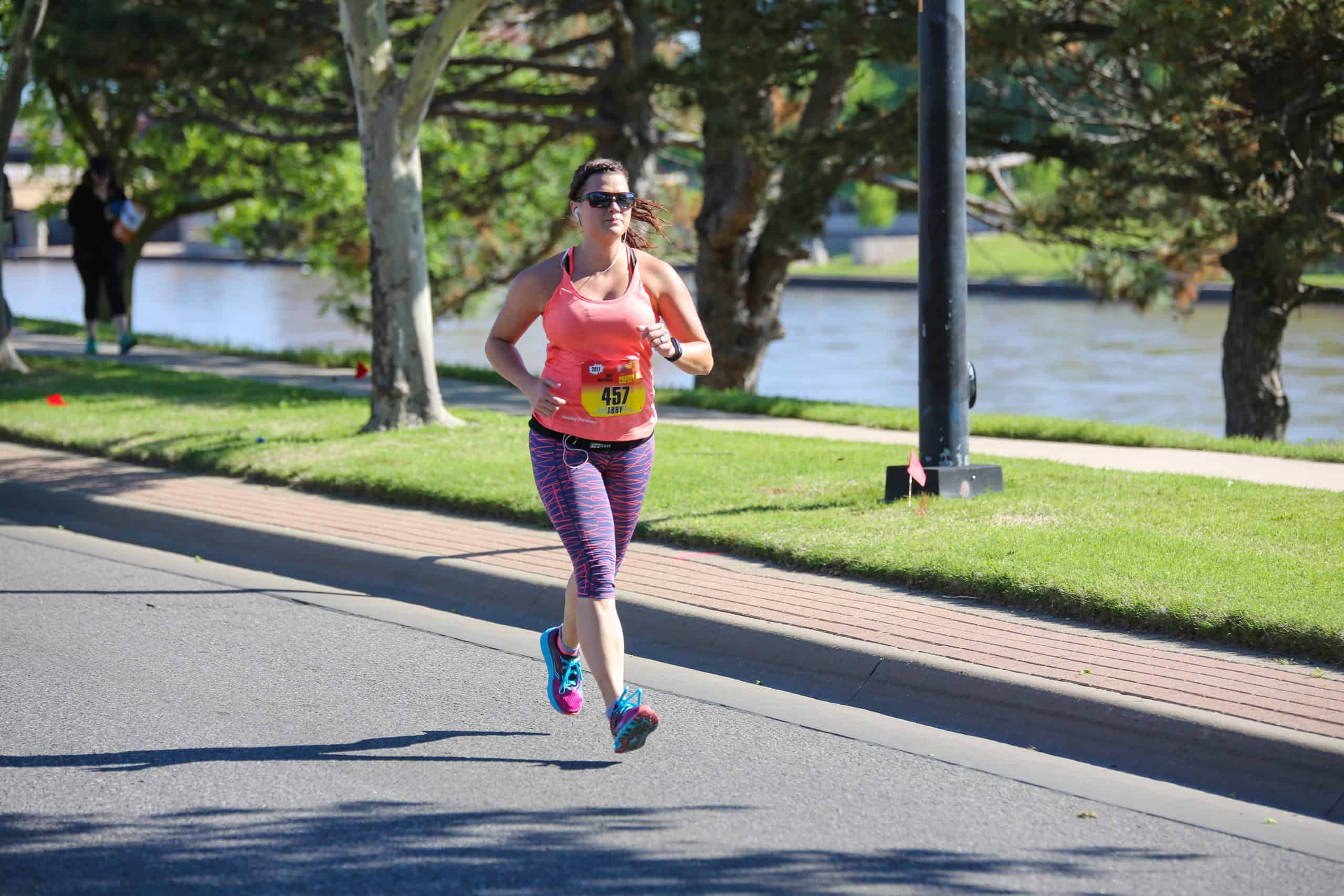
Dr. Abby Siler, PT, DPT is a Physical Therapist with 10 years of experience in a variety of settings. She has spent the majority of her time treating athletes in orthopedic clinics and worker’s compensation cases. She is a runner herself for the past 15 years and a lifelong athlete. Dr. Abby loves to teach runners how to stay injury free and out of her clinic.
